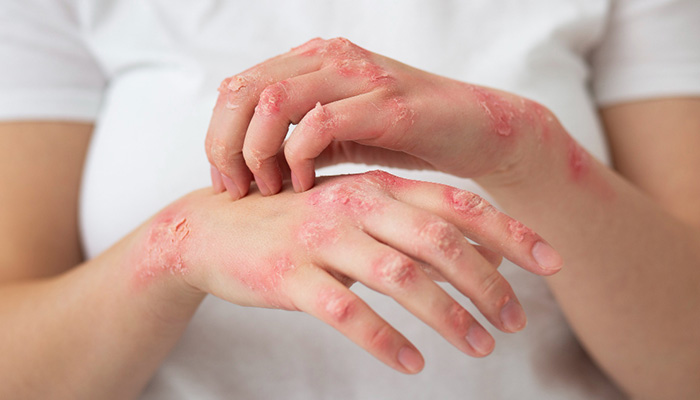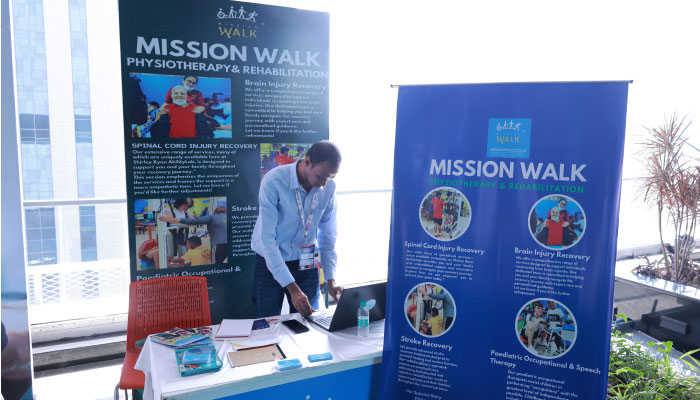The female body is one of the most wonderful and fascinating creation of nature. It is the origin of all human life. A woman in her life travels through many milestones one such punctuated milestone is attaining puberty. Menstruation is one of the major and very important stages of development in a women’s life. It is an essential part of our body’s physiological activity. It’s a sign of good reproductive health. But many of you out there might be scared of the arrival of your monthly periods. This is because you suffer every month, curling and mourning in pain in your couch. Sometimes, your pain increases so much that you have to miss your school or office. In such condition, it is better that you consult your doctor or gynecologist to rule out the presence of any serious complications. But you can’t deny the fact that one of the reasons for such severe pain could be a condition medically termed as ENDOMETRIOSIS.
More about endometriosis
The inner lining of the uterus is called as endometrium which consists of specialized glands and tissues capable of growing. These tissues are present only in the uterus. During menstruation, the endometrial tissue tears off from the uterus and flows out through the vagina along with blood as menstrual flow. If you have endometriosis, then the same type of tissue is present in organs outside the uterus like fallopian tubes reaches the ovaries, pelvic region, bladder and other organs in the pelvic area. These endometrial tissue that are present outside the uterus swells and bleeds, like the endometrial tissue inside the uterus, during menstrual flow resulting in severe pain. They also leave scar tissue in your pelvic region.
Causes
There is always an aura of mystery surrounding the exact cause of endometriosis. Scientists are only sure of the fact that endometriosis affects a woman who have a close relative with the same condition. Apart from this, there are three more theoretic reasons given to explain the cause of endometriosis.
First theory suggest that during menstrual cycle the blood flow, for unknown reasons, backs up and reaches the area outside the uterus through the fallopian tube and starts growing there. Second theory states that endometrial tissue moves out of the uterus through the blood and lymph vessels. Yet another theory proposes that specific cells called metaplastic cells develops themselves as endometrial tissue outside the uterus
Symptoms
The most common sign of endometriosis is pelvic pain, which is associated mostly with menstrual cycle, however many women may experience constant pain during normal days also. Few symptoms that help you to identify endometriosis are
- Pelvic pain before, during, and after periods
- Pain in the bowel during menstruation
- Pain during ovulation
- Pain while urinating
- Pain during or after sexual intercourse
- Pain in the lower back
- Abdominal bloating during menstruation
- Irregular and excess bleeding
- Fatigue
- Diarrhea or constipation
These symptoms need not necessarily mean that you have endometriosis; lots of other diseases like a simple infection may also cause such symptoms. But it is important that you see your doctor right away and identify your symptoms.
Diagnosis
Diagnosing endometriosis isn’t so easy, as the symptoms with which you approach your doctor may be due to other causes also. But if your physician suspects that endometriosis may be causing such severe pain and other symptoms then he might go in for a series of tests. Your diagnosis starts with a detailed pelvic examination and family history. He might ask you about your pain, previous family history, medications or any allergy that you might have had. The severity of pain doesn’t help in diagnostic procedure as pain is not proportional to the severity of the disease. Secondly, a complete pelvic scanning is done using Magnetic resonance imaging (MRI) or ultrasound. The best way to confirm endometriosis is to perform a simple surgical procedure called laparoscopy, which allows your doctor to view the inner tissue using a small camera. A biopsy may also be performed where a small piece of tissue is removed and then tested for endometrial implants.
Treatment
Since the cause of endometriosis is unknown it has created problems for researchers to develop a treatment procedure that fully cure endometriosis. There is no overwhelming treatment for endometriosis that proves best over the other. Therefore choosing a treatment procedure for you depends on your needs and demands, which in turn depends on your age, severity and fertility wishes. For many of you treatment may be a combination of many procedures that may go on for a long time. Treatment options for endometriosis includes
- Medications or pain killers: As pain is the most common symptoms of endometriosis, your treatment starts with prescribing you few pain killers like – aspirin and paracetamol, mild narcotics, and non-steroid anti-inflammatory drugs
- Hormonal therapies: As endometriosis is aggravated by the hormone estrogen, a hormone therapy may help to relieve and stop the growth of the endometrial tissue. Few hormones that are prescribes often are – oral contraceptives helps to keep your periods lighter, shorter and with less pain; gonodotropin-releasing hormone are given to lower the estrogen levels by turning off the function of ovaries; and progestin works against the hormone estrogen and can shrink the endometrial tissues
- Surgery: In many cases surgery is the best option in treating endometriosis as it removes the endometrial tissue outside the uterus. Surgery is done by laparoscopy, which removes or burns the abnormal tissues. Laparoscopy doesn’t suit everyone sometime your doctor may prefer laparotomy
- Hysterectomy: Within a year of surgery, in almost 1/3rd of women the symptoms of endometriosis return back. In that case, the only option left is hysterectomy (surgical removal of uterus). Sometimes, your ovaries might also be removed. After this surgery, you will no longer have your periods and cannot conceive.
Pregnancy after treating endometriosis
Endometriosis is often associated with temporary infertility and if left untreated then it may result in permanent infertility. Many women with endometriosis have trouble getting pregnant or it might take a long time for them to conceive. If you have endometriosis and you want to conceive, then many physicians suggest going ahead as pregnancy cures endometrial symptoms. But if you are undergoing treatment for endometriosis, then it is better to avoid pregnancy, as pills and hormone therapy might have adverse effect on your child. If planning to get pregnant after treatment, it is very unfortunate that these medicines don’t improve your chance of pregnancy. If you don’t want to conceive than continue using birth control pills. For many women, the symptoms of endometriosis usually fade away after menopause.
Conclusion
As endometriosis is a disease that is associated with menstruation, pain, fertility, and sex, it is very important that the condition is attended at the earliest. But unfortunately, the treatment options for endometriosis are a bit “hit or miss” type. This might be a real cause for worry for the family, for the patient, and for the physician himself. The point that needs emphasis here is that a chronic condition like endometriosis needs ongoing medical treatment and regular follow ups. In managing endometriosis, you need to learn to live with it, manage the pain and to deal with infertility problems. Coping skills and regaining control of life is very important.



